November 3, 2015
Third of professionals worry about weight gain from home working 0
 Remote working is on the rise; 45 percent of UK workers are now based outside of their main office for more than half the week. But working from home could contribute to an expanding waistline, as a third (32 percent) of the UK’s business professionals admit that they fear getting fat due to the temptation to snack more when working from home compared to working in an office environment. The research by Regus canvassed the opinions of more than 4,000 business people across the UK. The findings suggest that the solitude associated with working at home, coupled with ready accessibility to fridge, cupboard and larder, leads to more munching during the 9-5. Said Richard Morris, UK CEO, Regus: “Working from home makes it easy to reach for a doughnut whilst still in your pyjamas. This look is not so popular in a workspace surrounded by professional peers.”
Remote working is on the rise; 45 percent of UK workers are now based outside of their main office for more than half the week. But working from home could contribute to an expanding waistline, as a third (32 percent) of the UK’s business professionals admit that they fear getting fat due to the temptation to snack more when working from home compared to working in an office environment. The research by Regus canvassed the opinions of more than 4,000 business people across the UK. The findings suggest that the solitude associated with working at home, coupled with ready accessibility to fridge, cupboard and larder, leads to more munching during the 9-5. Said Richard Morris, UK CEO, Regus: “Working from home makes it easy to reach for a doughnut whilst still in your pyjamas. This look is not so popular in a workspace surrounded by professional peers.”






 Companies are rethinking the tools they use to keep employees engaged and loyal – especially at a time when flexibility and choice are increasingly important to an workforce that craves mobility and choice. A newly released survey from
Companies are rethinking the tools they use to keep employees engaged and loyal – especially at a time when flexibility and choice are increasingly important to an workforce that craves mobility and choice. A newly released survey from 
 According to an analysis of the just-released 2014 American Community Survey (ACS) conducted by
According to an analysis of the just-released 2014 American Community Survey (ACS) conducted by 

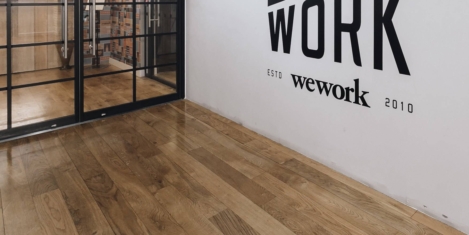
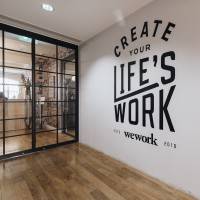
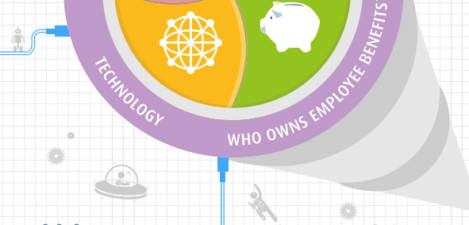
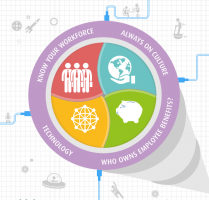


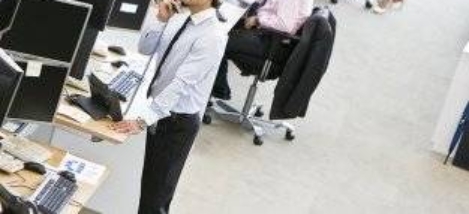















September 21, 2015
Five essential office design trends to look for in the near future 0
by Tom Brialey • Comment, Facilities management, Flexible working, Workplace design
More →